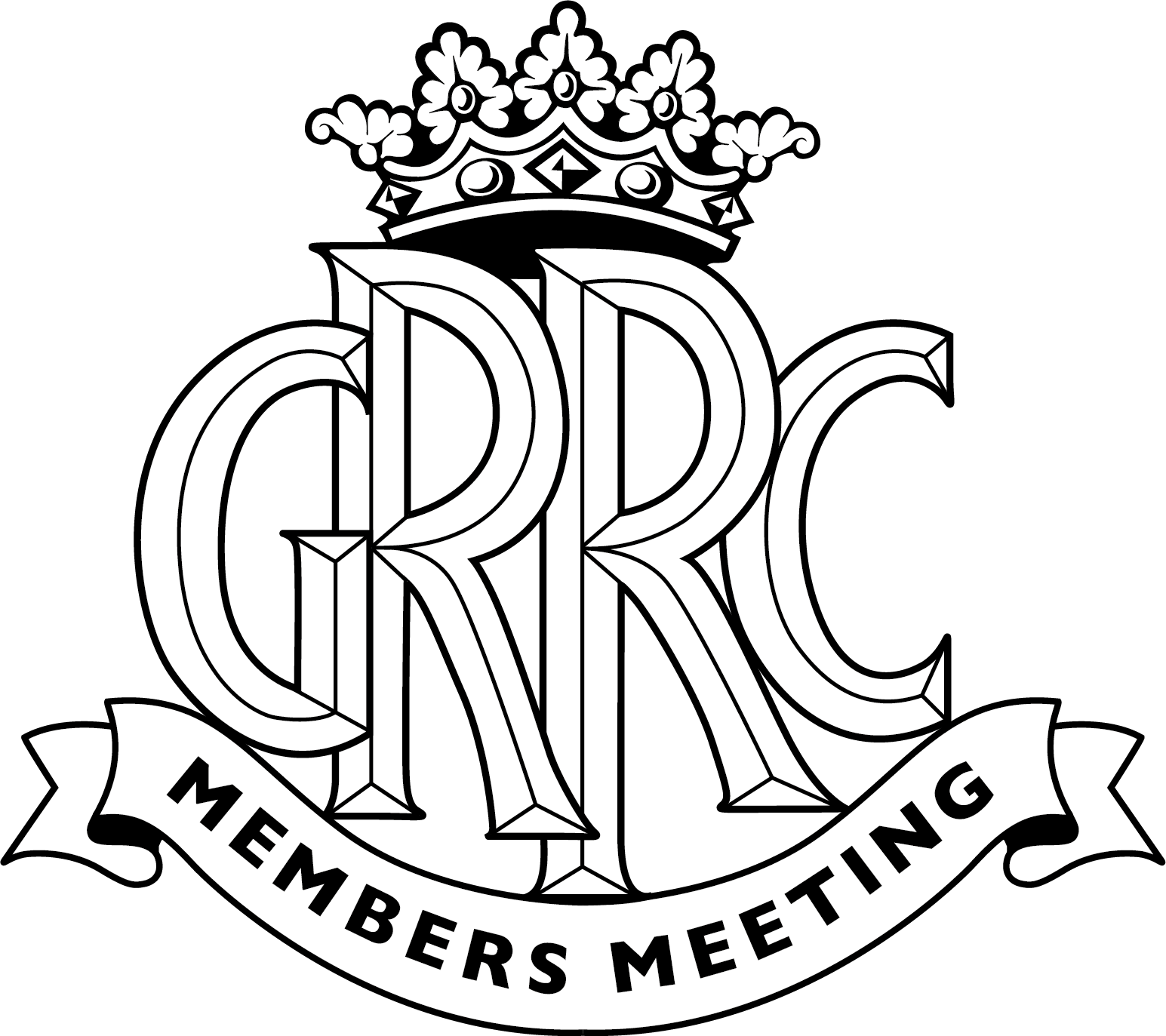At RM Sotheby’s Monterey sale on August 18th a 1956 DBR1, the first of five DBR1s and sister car to the 1959 Le Mans winner, was sold for US$22.5 million, including the premium. That makes it, in US dollar terms, the most expensive British car ever sold at auction. At current exchange rates it’s about £17.4m worth.
Quite some car then. We know DBR1 chassis number one from seeing it at the Motor Circuit – it raced here both in period and latterly, at the Revival – and from an exceptional provenance which to RM Sotheby’s makes it “arguably the most important Aston Martin ever built.”
Here’s our 15-para whirlwind tour to the life and times of the twenty-two million-dollar Aston Martin:
1. The car is the first of five DBR1s made by David Brown to achieve his dream of winning Le Mans, which Aston Martin did with DBR number two in 1959.
2. DBR1/1 was raced by Roy Salvadori, Stirling Moss, Jack Brabham, Carroll Shelby, Jim Clark and Bruce McLaren, among others.
3. Its first attempt at Le Mans was in 2.5-litre form in 1956. It ran well for 20 hours until running its bearings.
4. The car’s first Goodwood appearance was in 1957 when Roy Salvadori brought it home second at the BARC Easter Meeting. Driving with Jack Brabham a year later, the car was second in the 1958 RAC Tourist Trophy at Goodwood.
5. Stirling Moss was over a minute faster in the DBR1 over a lap of the 1958 Targa Florio than he had been in the Mercedes-Benz 300 SLR three years earlier. How the car would have fared in the Mille Miglia is a source of much speculation.

6. DBR1/1 driven by Stirling Moss won the the 1959 Nürburgring 1000 km. During the course of the race, Sir Stirling broke the lap record 16 times in one of his greatest drives. The win was crucial to allow Aston to clinch the ’59 World Sports Car Championship.
7. The father of DBR1 was Aston race design chief Ted Cutting, who updated much of the previous DB3S and gave it a sensuous new body made of ultra-light aluminium. The engine was much lower in the chassis than the DB3S for better handling – the car’s “chuckability” is often cited as one of its greatest strengths.
8. Its greatest weakness in period was its transaxle: but for gearbox failures, it would likely have scored many more podiums.
9. The DBR1 started with a 2.5-litre twin-cam inline six with 212bhp, but when the racing regulations changed it was given a redesigned 3.0-litre engine with 268bhp.
10. The original engine is deemed too precious for competition now so the most recent owner, who bought the car in 2009 so he could enter it for Goodwood Revival, had an exact replica made which is used for racing, boasting 301bhp. For your $22.5m you get both engines.After its works career Aston sold the car to Essex Racing Stables in 1959, where it was driven by Jim Clark/Bruce McLaren in that year’s Nürburgring 1000 km, running in fourth place until a con-rod failed at 500 km.

11. After its works career Aston sold the car to Essex Racing Stables in 1959, where it was driven by Jim Clark/Bruce McLaren in that year’s Nürburgring 1000 km, running in fourth place until a con-rod failed at 500 km.
12. After crashing at Silverstone in 1963, sustaining bad front body damage, the car was returned to Aston’s works where the body was saved from being scrapped by Aston specialist RS Williams who along with Geoffrey Marsh has been responsible for the car’s restoration and race preparation.
13. Inside the cockpit, everything is just as it was in period – including the tweed-trimmed bucket seats.
14. Since 2010 DBR1/1 has been successfully raced at Goodwood by Brian Redman, while in 2013 Sir Stirling Moss drove it during Aston’s centenary celebrations at Nürburgring.
15. The car has recently been reunited with its first road registration, issued in 1962. And the number on the front and back of Britain’s most valuable car? 299 EXV.
Photography courtesy of RM Auctions
Aston Martin
DBR1
monterey









































































